The Coronavirus (COVID-19) pandemic has plunged the world into a new and unprecedented era of uncertainty, economic instability and chaos. Professionally, many of us have had to move to a whole new virtual workplace. Students strive to complete their studies from home, which is a real challenge in any era.
What is being lost in this debate is the increase in online victims, abuse and cyberbullying. The lock can provide some relief to personal victims and bullying. For many, and what could be more worrying, is that the same harassment has shifted and even increased online.
Many nonprofits and victim support services are struggling to stay afloat right now , and it has clearly expanded into a cyberbullying resource community. The pandemic has affected professional organizations, which are usually fully staffed, by answering calls and responding to victims ’complaints and reports. Our researchers wanted to find out how these resources have been affected and take an in-depth look at how the world thrown by Coronavirus into chaos deals with online harassment.
Based on data collected from our own study , we have found that vulnerable communities ranging from people of different races, LGBTQ, as well as children and young adults, have risen dramatically to the 2018 and 2019 benchmarks.
This article discusses our findings and how the current pandemic is negatively affecting those communities online.
VPNMentor’s cyberbullying data from 2020

81% of cyberbullying organizations reported an increase in online bullying during the pandemic.
49.7% of the organizations surveyed did not respond to the phone numbers, discussions and emails mentioned on their websites and resource pages.
Of these organizations, 17% (or 16.7%) were temporarily or permanently closed.
Includes offices whose phone numbers have not been connected or stored messages indicating that they are currently closed due to Coronavirus.
Young people or people from marginalized communities are deprived of normal resources for reporting, counseling and general support. Whether these organizations can be rebuilt or reopened during a pandemic remains more uncertain and cloudy than any other aspect of this global crisis.
Research Methods: Our researchers invited 199 cyberbullying organizations and local hotlines internationally (United States, Australia, New Zealand, Canada, England, Ireland, Scotland, Wales, the Netherlands, Switzerland, South Africa, Puerto Rico, and the U.S. Virgin Islands).
The study includes a brief interview with a qualified support operator who is over 12 months of age at the center. Each operator was asked about the operation of the center before and during the outbreak. The open questions were used to find out about perceptions and questions about the Centre’s workload and effective responsiveness. The focus of the study was in February-July 2020.
Cyberbullying: Children and teens
In the years before the pandemic, cyberbullying was already at an awkward level, and as many as five children and teens had some form of bullying or harassment. With more than a billion students attending school at home , international experts express deep concern that social exclusion offers more opportunities for online harassment and its dangerous effects.
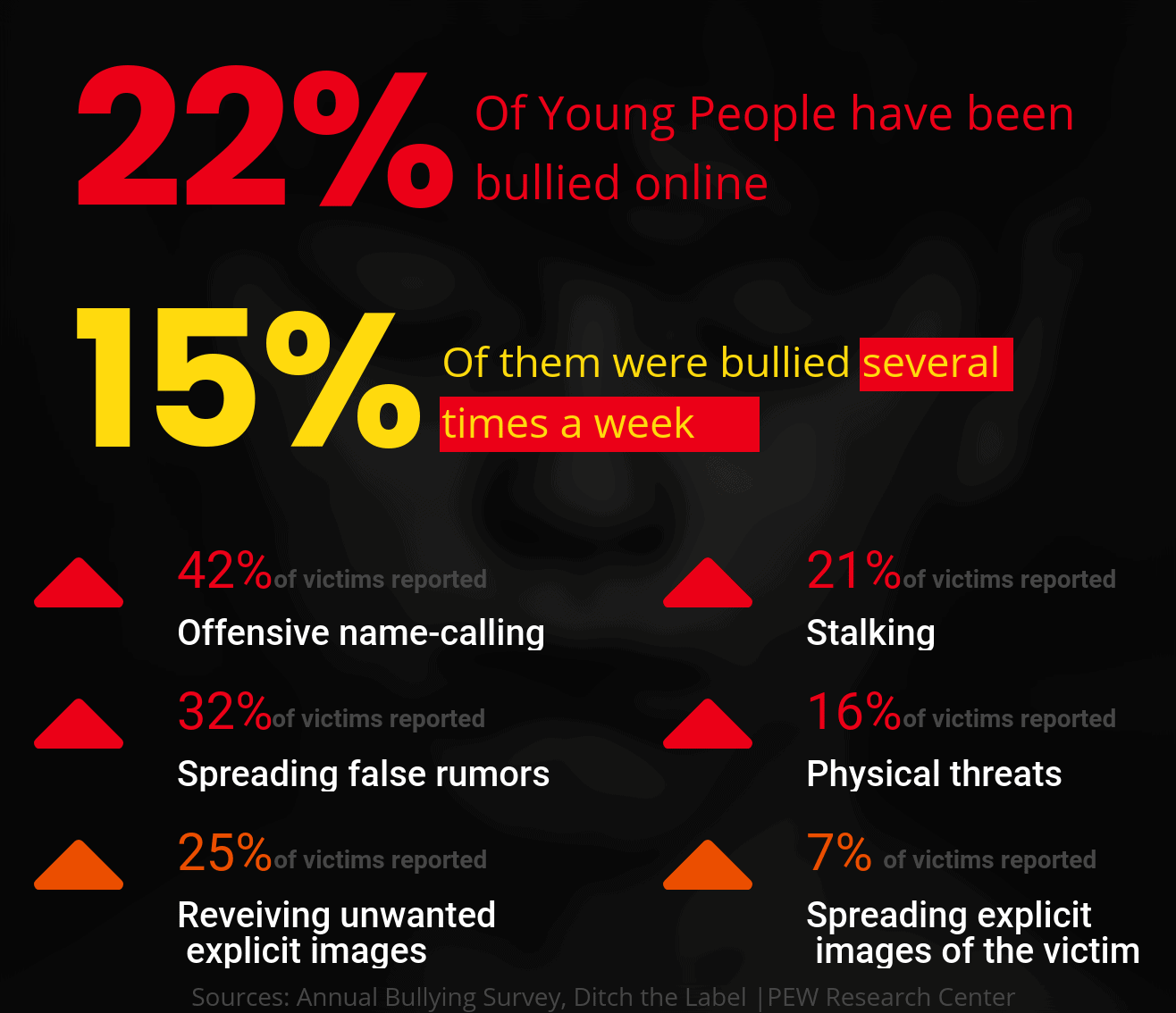
One of the obvious dangers of cyberbullying is its invisible effects, namely that its perpetrators have the added benefit of real invisibility. It is much easier to disturb a child or young person online because it never happens in person.
Using the web has the added potential to reach a very large audience very quickly, making it even more difficult to replicate in a physical environment.
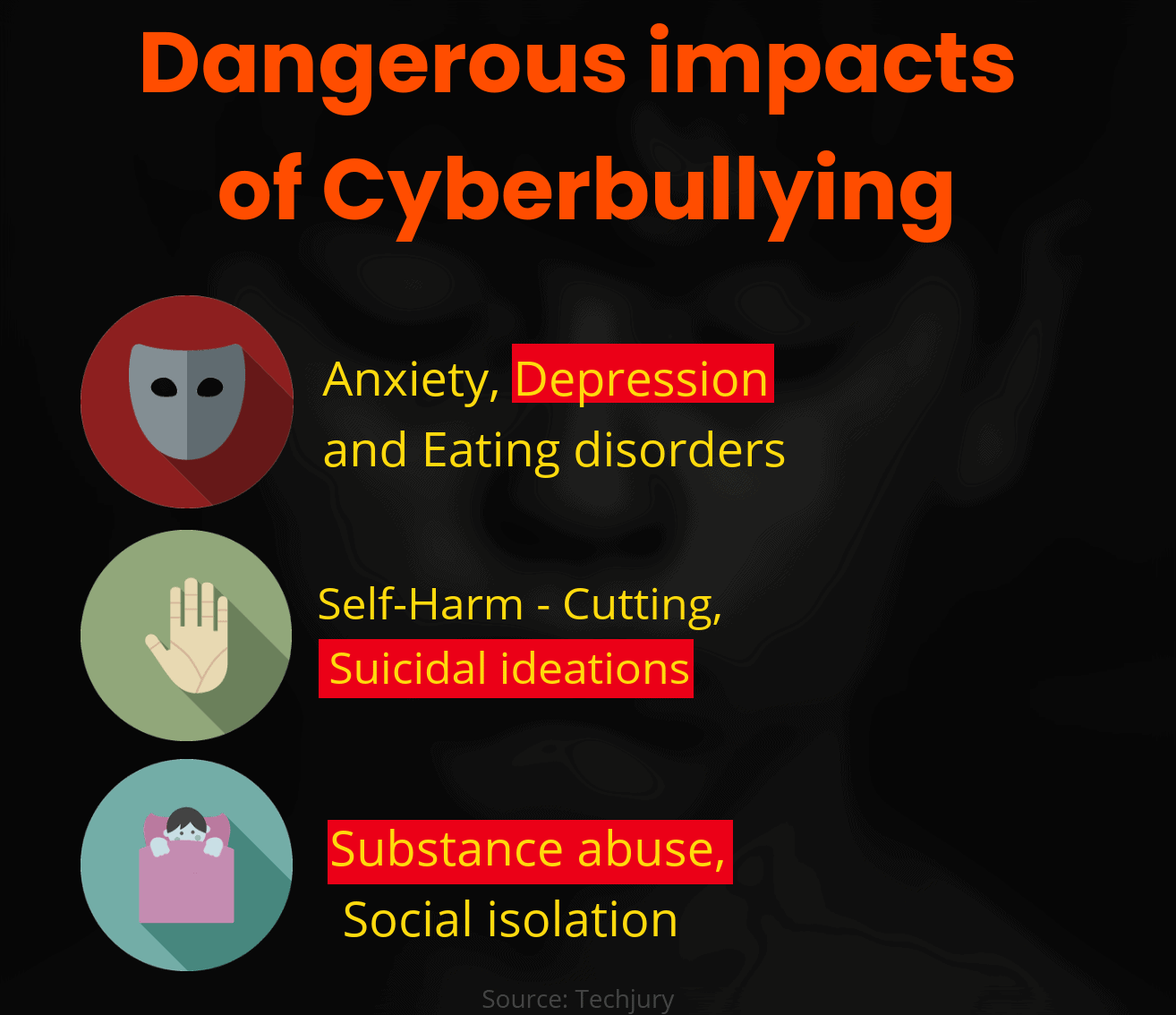
The epidemic has forced children to access the network even more than usual to keep them involved in school assignments. Such prolonged exposure is dangerous without the air of trolls, hostile, pedophiles and others who were also locked in and repelling the victims.
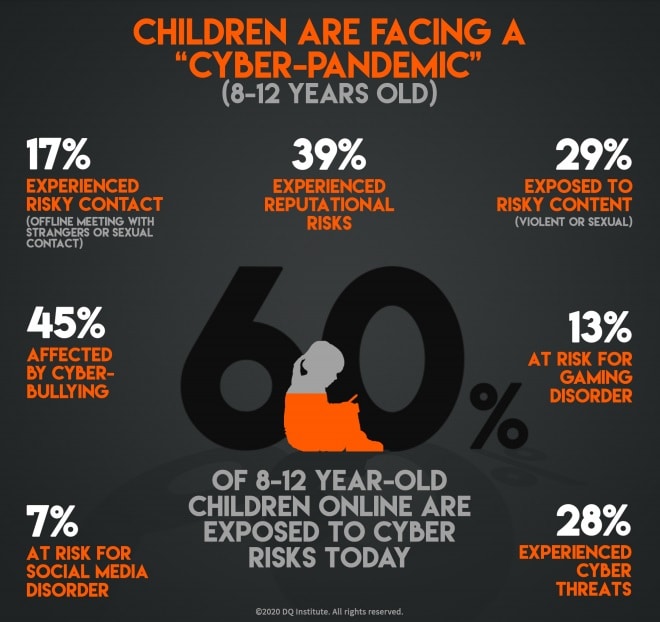
How adults will experience cyberbullying in 2020
Yes, teenagers and children are more vulnerable to all forms of bullying and abuse than adults, but adults are not granted exceptions to online harassment.
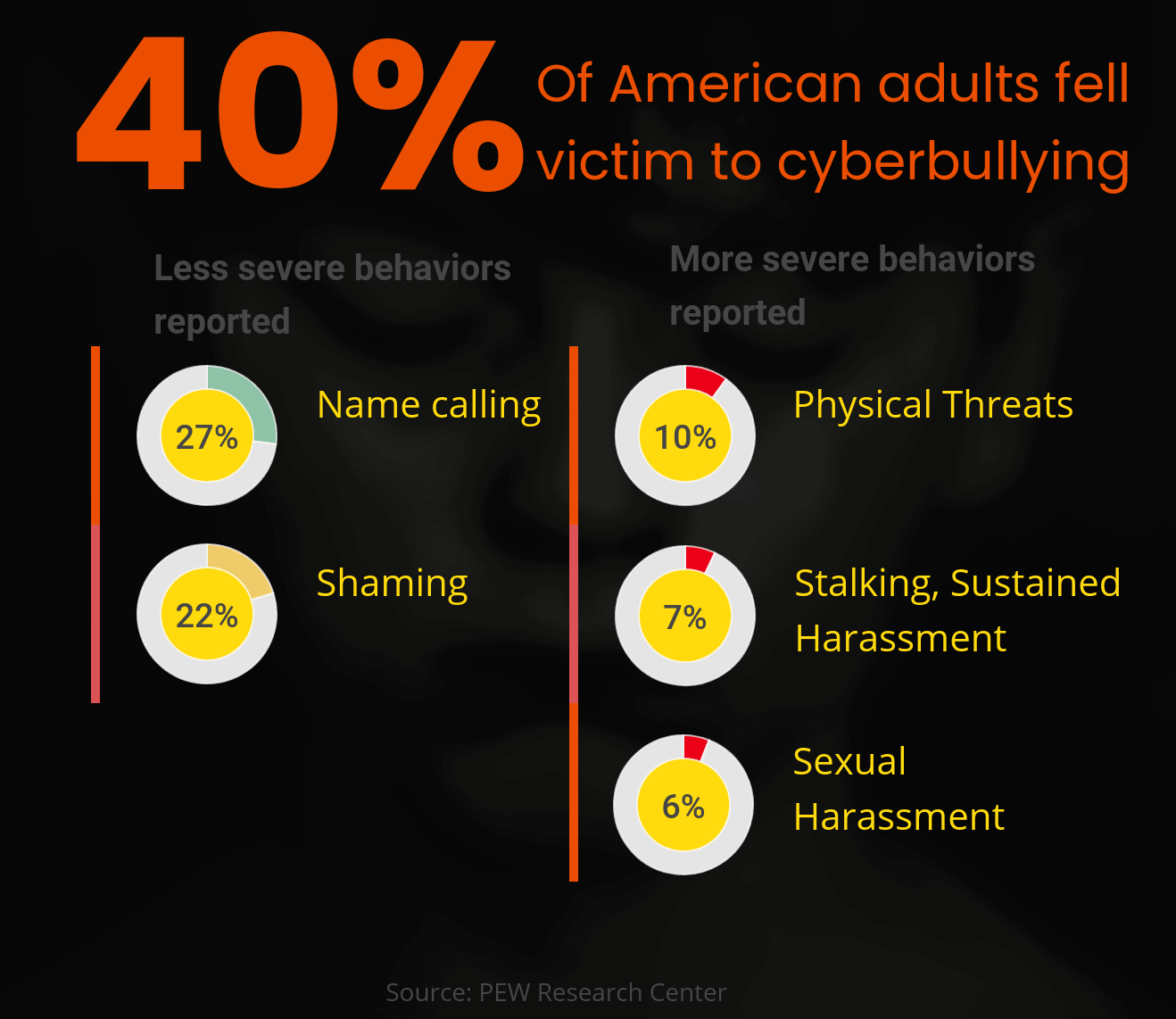
In 2014, a video game industry professional who happened to be a woman was severely harassed and attacked online. The one, eventually known as GamerGate, began online revenge, with a former boyfriend following a woman who simply ended the relationship. It eventually turned into a symbolic online movement against all-stripe women talking about the sexist image of women in video games. It is easily one of the worst moments in the history of the Internet when it comes to online abuse.
Cyberbullying in online games remains a huge problem, with more than 57% of respondents to the Ditch the Label survey reporting that they had been subjected to hate speech.
Another example of cyberbullying against women is revenge porn. More and more law enforcement agencies are developing tactics to punish people – mostly men – who are flooded the internet with often fake images of ex-girlfriends, colleagues and sometimes bosses. In one case, a woman had to apply for copyright on her own breasts to force websites to remove pictures of her.
Online harassment and cyberbullying of the LGBTQ community
LGBTQ youth are more likely to use the Internet as a resource to seek help and guidance. Prestigious academic research has shown that young people identified as LGBTQs use the network and social media platforms to build social capital and freedom that they are often denied at school or at home.
Prior to Coronavirus, this segment of society was already quite active online and at the same time one of the most vulnerable online communities. If you are a parent of an LGBTQ student or a member of the LGBTQ community as an adult: there is a much higher chance of being exposed to cyberbullying. Why? Cyber bullies focus their attention and actions on marginalized groups because those people are likely to have less talk if they are afraid of being marginalized.
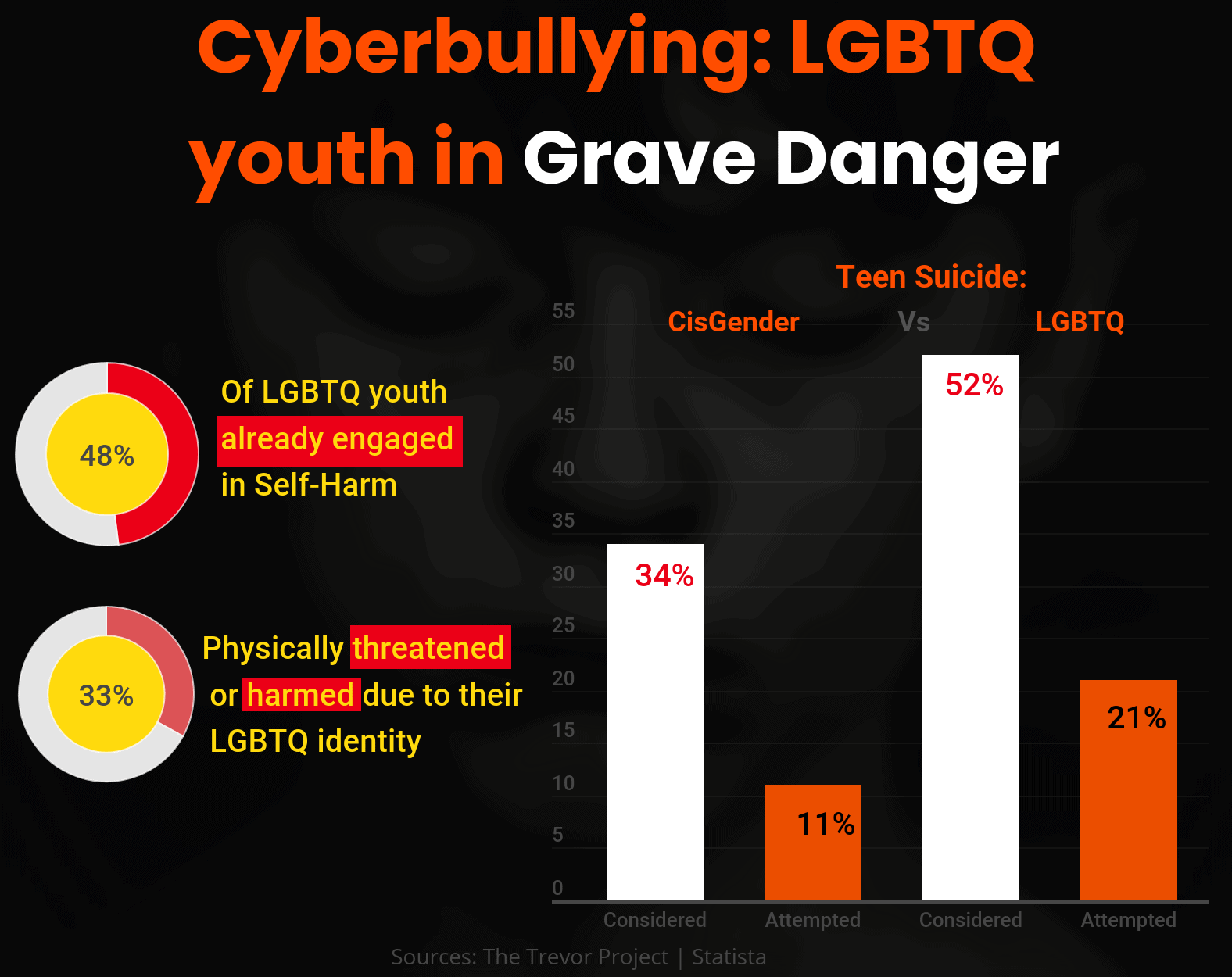
Even in the best of times, LGBTQ youth and adults regularly struggle with cyberbullying and harassment. In 2013, a group of lawyers from GLSEN (Gay, Lesbian & Straight Education Network) reported that LGBTQ youth are three times more likely to experience online harassment and bullying than LGBTQ youth.
Other data from the same report revealed that LGBTQ youth were “more likely to be bullied or harassed online than LGBT youth (42% vs. 15%) and twice as likely to say they were bullied via SMS (27% vs. 13%). . ” The survey found that” respondents also reported to be less likely to notice that he was safe online (27%) than in school (30%). “
So far, what we know in 2020 is enough. The Trevor project said that in 2020, before the Coronavirus pandemic, nearly half of LGBTQ youth considered suicide. 48% of survey participants teenage announced already engaged in self-harm. The majority of young people in that segment, or a reportable 86%, also said that their current well-being has been negatively affected by the current political climate. Another 33% reported being “physically threatened or harmed because of their LGBTQ identity” already in their lives.
We can draw conclusions from these numbers compared to the preventive statistics we took from our study. If LGBTQ teens spend more time online and are more likely to be disturbed online , those problems may increase further when we are all shelters. LGBTQ youth are also more likely to suffer from emotional trauma due to abuse than their heterosexual peers before the Coronavirus: During a pandemic, these numbers rise and they grow a lot.
Without a standard resource list, LGBTQ teens need a supportive environment where they can feel safe and secure. Remember: these unknown reporting tools are not as effective as they were before COVID. We don’t know if and when they will recover, if at all.
See the VPNMentor Online Security Guide for the LGBTQ community for more tips.
How cyberbullying increases online racism
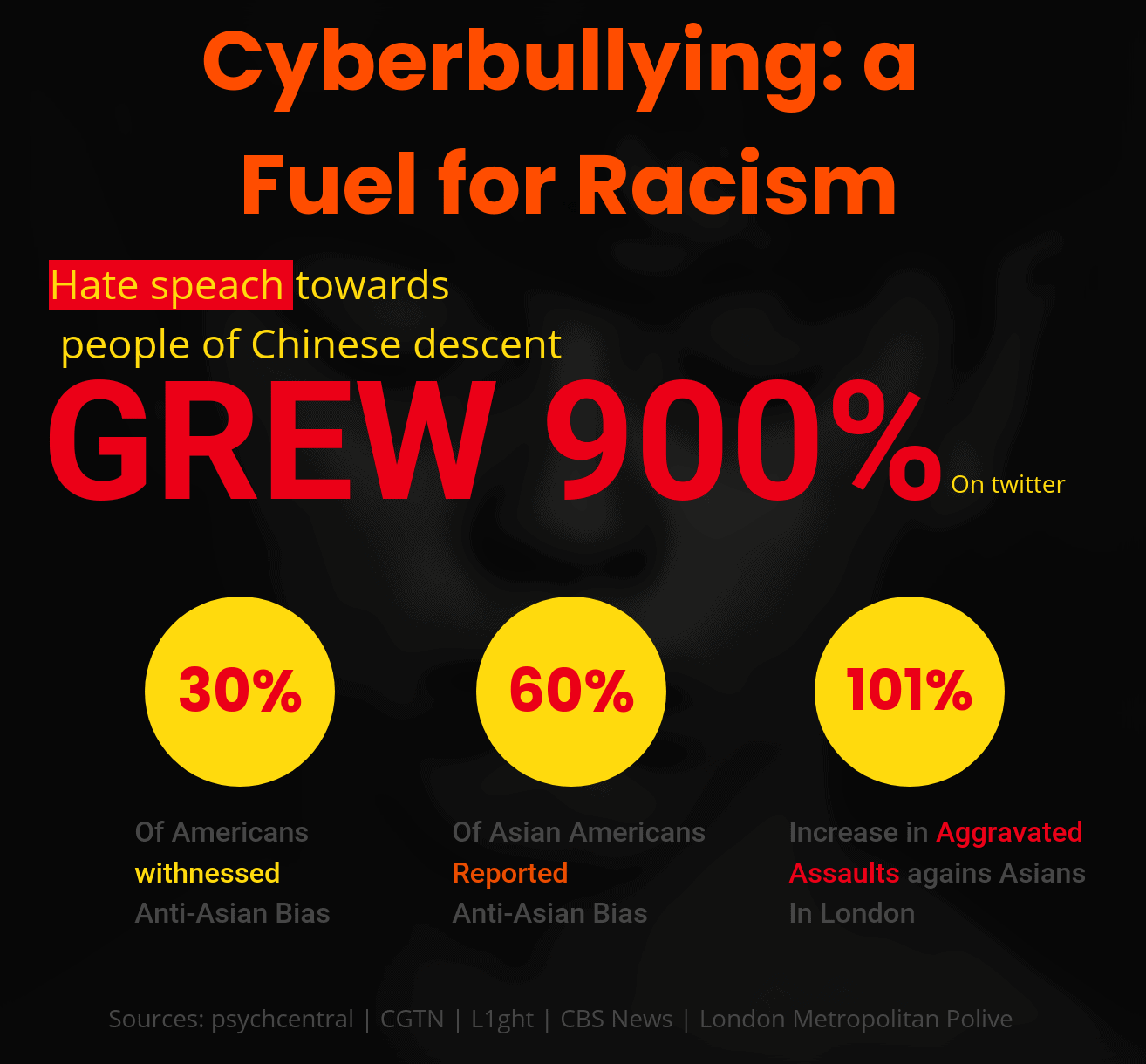
The political climate mixed with the coronavirus creates dangerous and violent barriers for some racial minorities. While U.S. President Donald Trump regularly mentions the virus as “kung flu,” a clear indication of the outbreak of a pandemic in China, Asians are now facing unprecedented online harassment, often leading to real-life violence and attacks.

Human Rights Watch has issued an alarm announcing the rise of xenophobia against Asia worldwide . Al Jazeera reported on online harassment in her independent study, which revealed more than 10,000 posts on Twitter that included the term “kung flu” during March alone – although the actual total was probably much higher given the numerous variations the term used across the site. “
Reliably racist and white nationalist online forums, including 4Chan, have documented online xenophobia. A group of academics set out to form the Network Contagion Institute and dived deeply into 4Chan’s significantly hate- complementing subgroups , including the infamous racist “Politically Wrong” subchain.
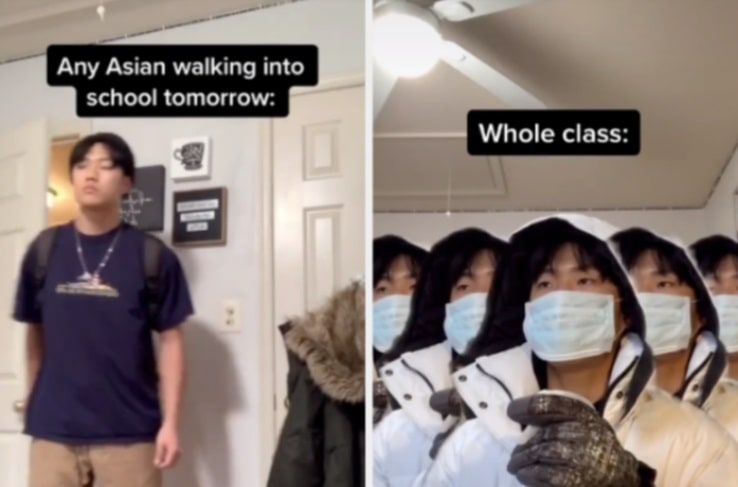
Racist message from TikTok Source: Buzzfeed News (TikTok)
What the group revealed is unpleasant, but hardly shocking in context. A report titled “Go eat a bat, Chang!” (called the group’s racist rhetoric) describes the rise of anti-Chinese rhetoric on the Internet after a pandemic. Summary of the report’s findings: “We find increased discussions about China and the Chinese on Twitter and after the outbreak of the 4chan’s / pol / COVID-19 pandemic. At the same time, we are seeing an increase in the use of certain sinophobic streams, mainly on the / pol / record and to a lesser extent on Twitter.Furthermore, by comparing our findings with real-world events, we find that the increase in these discussions and sinophobic scams coincides with real-world events related to the outbreak of the COVID-19 pandemic. “
In general: Anti-Asian rhetoric, the very type that leads to increased violence, lies online.
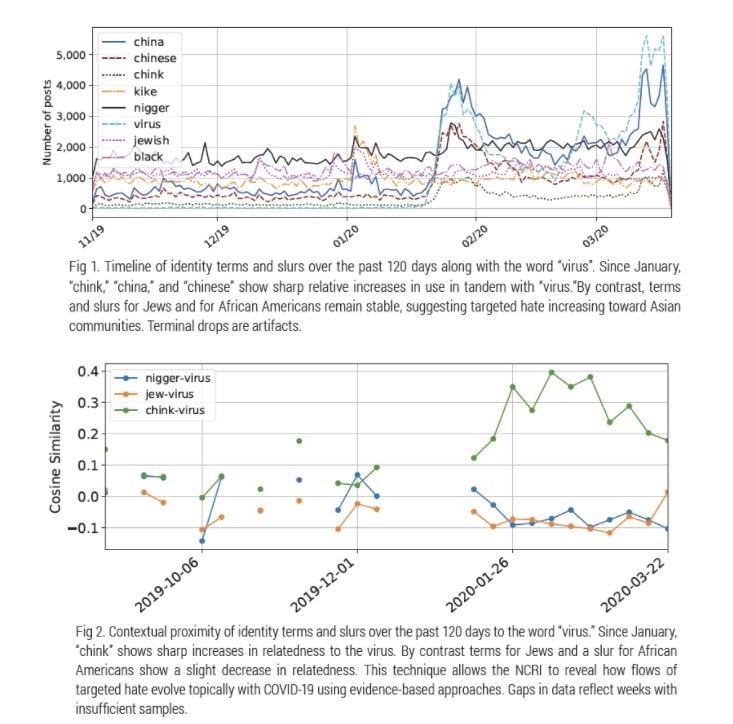
Source: Rutgers University and The Miller Center for Community Protection and Resilience in collaboration with the Network Infection Research Institute
How a pandemic drives us online
Of course, during the lockout, Internet traffic and usage have increased. Total Internet use has risen by 70%. U.S. streaming sites like Netflix and Disney + are growing at about 12%.
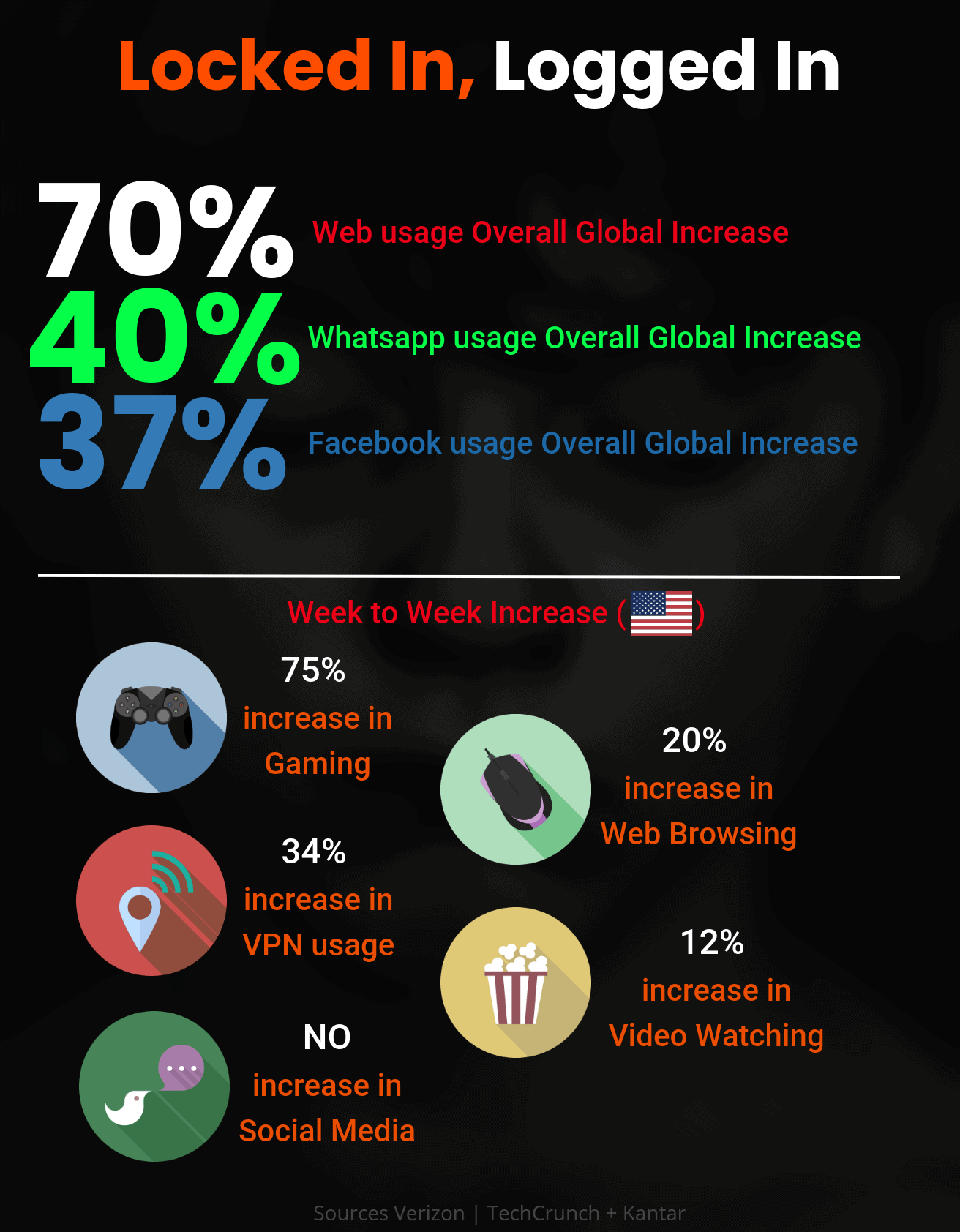
People aren’t just flocking to content streaming and Zoom meetings. We dug more into other apps that users are now using more than ever. We wanted to find out how usage has increased on those platforms that tend to be bases for cyberbullying, namely: Gaming, social media and messaging apps.
Social communication applications achieved impressive usage statistics: WhatsApp usage total usage increased by 40%, and in Spaid it accounted for 76%. All Facebook apps grew strongly, mostly among 18-24 year old users.
In Australia, total Internet use rose 56 percent during lockout. Social media was the 4th most popular category, according to a study by the Australian eSafety Commissioner. The same study found that nearly a third, or 26%, received unwanted contacts or messages. 12% reported posting inappropriate content
Activision Blizzard Games (COD, WOW, Candy Crush) was one of its best-ever second-quarter earnings reports, showing that online users are demanding game content.
We already know that messaging apps and online games are bases for hate speech and online abuse. It makes perfect sense that without where to go, young people flock to fun and potentially harmless hobbies when chatting and playing with friends online. The challenge remains that these platforms have done little to change or control hate speech, often leaving naive and defenseless twins and teenagers open to the long-term harm and emotional damage caused by cyberbullying.
How well do your people fight cyberbullying?
Where you live can contribute resources and tools to help you and your children respond to and control cyberbullying.
We dug up some statistics on which countries manage cybersecurity better than others.
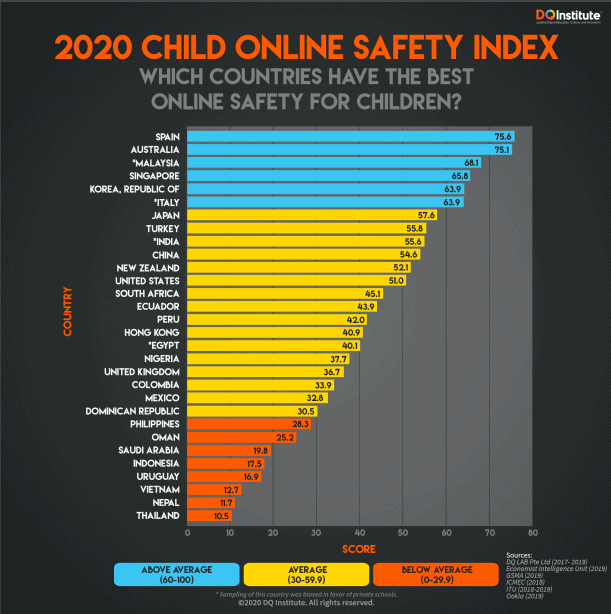
Based on data from countries around the world, UNESCO found that of the ten countries with the highest levels of cyberbullying, boys were more likely to be victims than girls. The study concluded in 2018 that one-third of young people experience bullying in schools worldwide.
Boys experience bullying in schools at school a little more than girls in general, but in countries where bullying is most common, girls are more vulnerable.
Low socioeconomic status is the main predictor of whether young teenagers from wealthy countries face bullying at school.
Immigrant youth from wealthy countries are more likely to be bullied at school than locally born youth.
What can you do about cyberbullying?
See VPNMentor’s guides here:
Bottom Line
It is very easy to lose focus on something as critical as online abuse and harassment when we are all trying to stay healthy and safe. Many educated Internet users were already aware of the critical dangers of computer network abuse. Cyberbullying often takes place behind closed doors, and the experienced can suffer from silence without normal support and advice.
Supervision at this time may mean asking more of your children, peers, and colleagues, especially those from different backgrounds, sexual orientations, or gender identities. The more connected we are to each other and provide support, the less likely a continuous victim can happen.

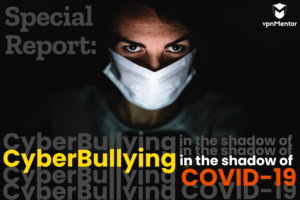
Leave a Comment